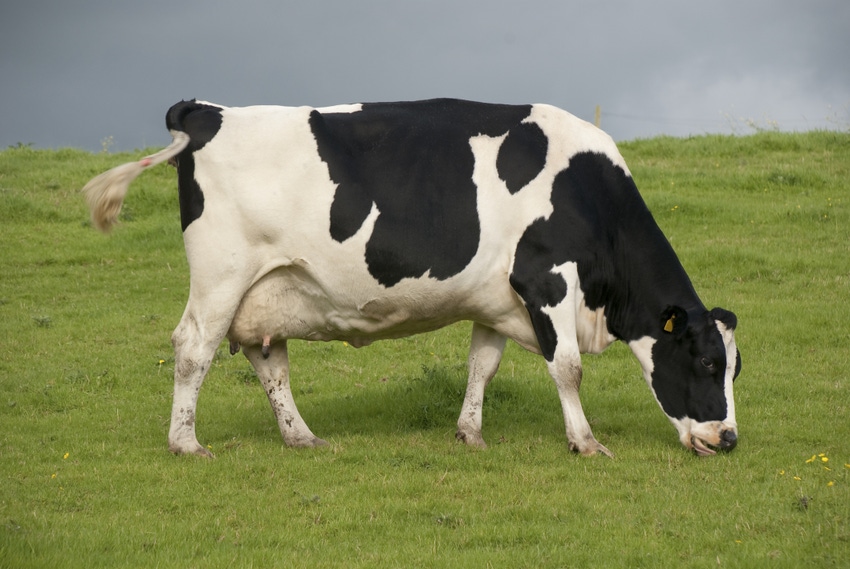Country had proposed to limit protein levels in dairy cattle feeds to reduce nitrogen emissions to offset anticipated emissions from new housing projects.

The Netherlands Ministry of Agriculture, Fisheries & Food Quality has dropped plans to limit the addition of protein in feed concentrates for dairy cattle in an effort to reduce the country's nitrogen emissions, according to a GAIN report from the U.S. Department of Agriculture's Foreign Agricultural Service (FAS).
Netherlands agriculture minister Carola Schouten had announced the scheme last May to temporarily limit the use of proteins in dairy feed beginning Sept. 1 until the end of 2020 in order to attain a reduction of 0.2 kilotons of nitrogen emissions, FAS reported, which was intended to "create space" for the construction of 75,000 new homes.
FAS noted in its report that the ministry decided not to pursue the feed measure due to a recent period of drought in the Netherlands. Also, research from Wageningen University indicated that the feed measure would not have successfully reduced nitrogen emissions as more protein would be need to be added to dairy cow rations in order to make up for lower protein levels in grass and ensure animal health.
The measure had been proposed after the Netherlands Council of State — the country's highest court — ruled that the government had to reduce emissions in order to meet climate goals, FAS reported. By temporarily reducing the amount of allowed crude protein in cattle feed, the government hoped to create room to give a "green light" for home construction to help combat a severe housing shortage (which also would generate nitrogen emissions).
The Netherlands dairy sector expressed frustration with the proposed measure, FAS said.
Utrecht University researchers Ruurd Jorritsma and Thomas Schonewille said in June they would expect problems due to the new rules.
“We think it is possible to make rations with a lower protein content, but the problem is that, due to the enforceability, the regulation does not focus on the total ration, but on the concentrate. Our estimate is that it is a huge challenge for the farmers to make a suitable ration for all animals and lactation stages. Some of the dairy farmers will certainly succeed in this, but in those cases the question is to what extent the protein measure will have the desired effect on the environment,” Schonewille said.
For dairy farmers who do not manage to adjust the rations successfully, there is a high risk of suboptimal milk production and, in connection with this, fatigue of the dairy cows, Jorritsma added. “Fatty infection during lactation leads to a greater risk of milk fever, the development of fatty liver disease and lingering milk fever. We are concerned about the new regulation and, unfortunately, we have to conclude that the risks to animal health have been subordinated to the enforceability of the regulations.”
After months of debate and negotiation, Schouten decided to scrap the proposal in late August. Concurrently, Wageningen researchers indicated that a lack of rainfall had led to a shortage of fresh pasture across the Netherlands, meaning cows were getting less protein from grazing and the protein content of feed concentrates would need to be increased to maintain cow health, according to the FAS report.
However, the government of the Netherlands indicated that it could move forward by suing nitrogen gains from another scheme — a voluntary buy-out measure for swine producers that want to exit farming, FAS said.
The swine farm buy-out program was initially designed to combat odor nuisance issues, but it also would effectively result in reductions in nitrogen emissions, even though the exact benefit of the scheme will not be known until spring 2021.
About the Author(s)
You May Also Like

.png?width=300&auto=webp&quality=80&disable=upscale)

